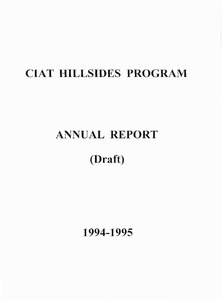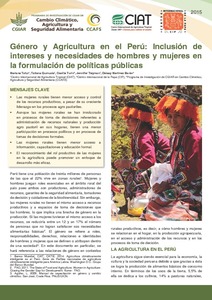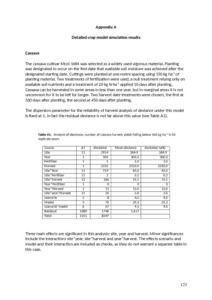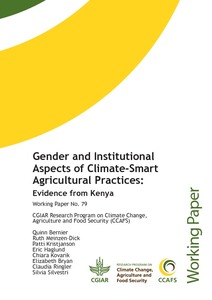Greenhouse Gas Emissions from Intermittently Flooded (Dambo) Rice under Different Tillage Practices in Chiota Smallholder Farming Area of Zimbabwe
Agriculture is one of the biggest sources of greenhouse gases. Rice production has been identified as one of the major sources of greenhouse gases, especially methane. However, data on the contributions of rice towards greenhouse gas emissions in tropical Africa are limited. In Zimbabwe, as in most of Sub-Saharan Africa, there are very few studies that have explored greenhouse gas emissions from agricultural lands. This study reports the first dataset on greenhouse gas emissions from intermittently flooded rice paddies in Zimbabwe.







